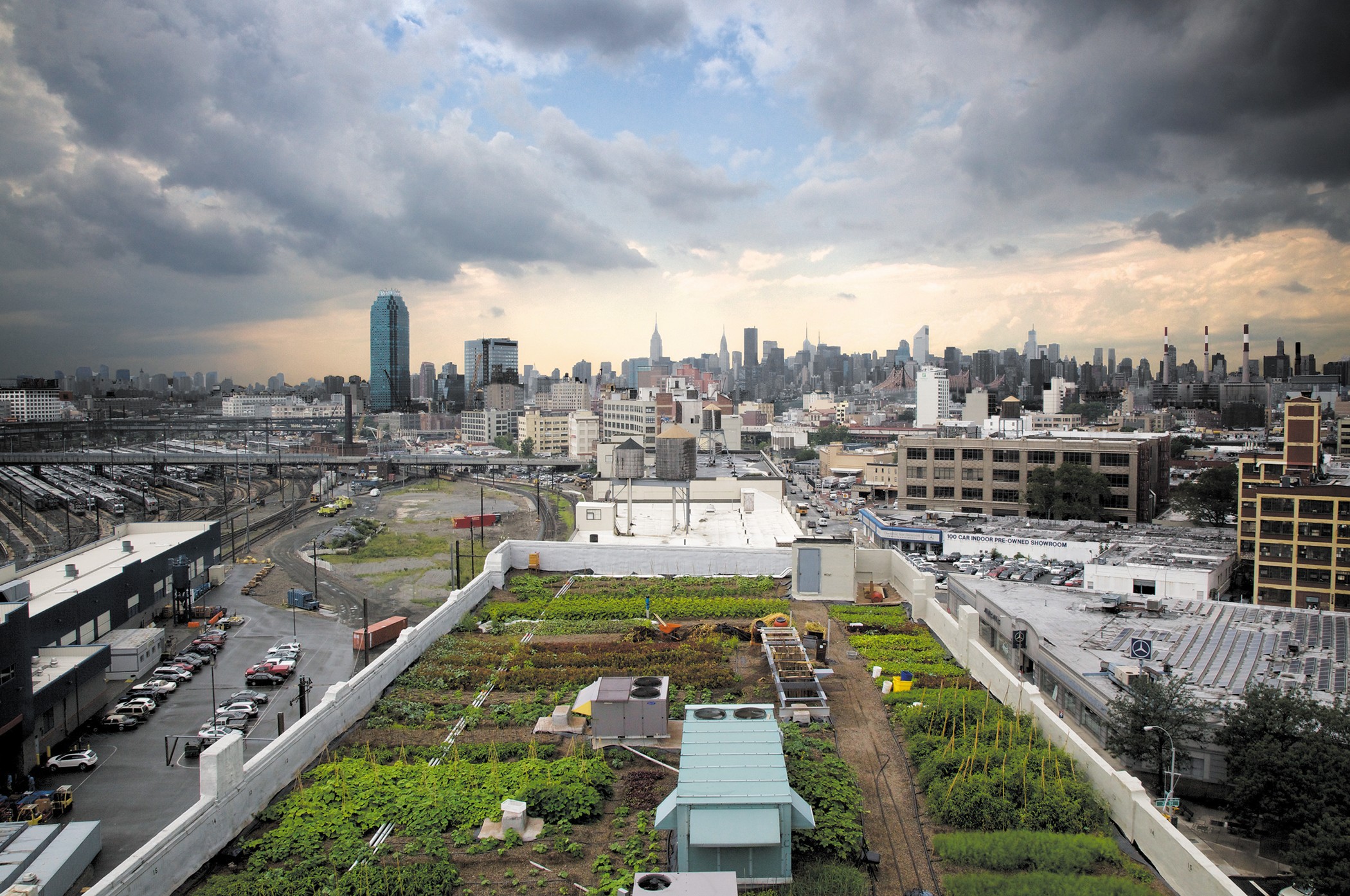What Does City Blooming Mean?
What Does City Blooming Mean?
Blog Article
City Blooming for Beginners
Table of Contents8 Simple Techniques For City BloomingThe City Blooming Ideas7 Easy Facts About City Blooming ExplainedCity Blooming - An OverviewThe smart Trick of City Blooming That Nobody is Discussing
Fascinated in expanding food up for sale in the City of Chicago? Thinking of beginning a neighborhood yard? Adjustments to the Chicago Zoning Regulation permit farming uses like community yards and urban ranches in many parts of the city. Below is a list of frequently asked concerns pertaining to the policies and guidelines that farmers need to take into consideration when planning a city farming job.
The zoning change does not change any kind of various other codes managing composting, structure permits, buying or renting City had property, company licenses or environmental contamination. There are existing codes that regulate these problems and they continue to be in complete result and may apply to your job. Community gardens are normally possessed or handled by public entities, public organizations or community-based companies and preserved by volunteers.
Urban ranches expand food that is planned to be sold, either on a nonprofit or for-profit basis. Due to their industrial purpose, urban ranches need a service certificate. Yes. A community yard is permitted to market surplus create that was expanded on website if the sales are accessory or subordinate to the garden's primary objective defined above.
An Unbiased View of City Blooming
Composting is allowed but only for plant product that is generated and utilized on website. The amount of garden compost material can not go beyond 25 cubic backyards at any type of offered time according to the criteria in 7-28-715 of the City's Municipal Code. Yes. Due to the fact that the dirt at a lot of new garden sites requires changing, garden compost, dirt, timber chips, or other products can be gotten to build or boost the expanding area - home and garden.

If a building authorization is called for after that the hoophouse will be thought about an accessory structure. You can figure out more about the building permit demands by getting in touch with the Department of Buildings. The 25,000-square-foot dimension limitation is intended to protect against a single neighborhood yard from dominating a given block or detracting from the block's existing residential or business personality.
The limitation does not use to gardens located in Public Open Area (POS) areas. Can there be even more than one neighborhood garden that is 25,000 square feet on a solitary block? Yes. The dimension limit puts on private gardens, not to specific blocks. No. Fence is not called for, nonetheless, gardens that have large parking lot may be called for to mount fence or various other landscaping functions.
The City Blooming Statements
B1 & B2 districts require that all commercial usage activities be performed inside. R districts limit industrial task. The laws reflect the objective and intent of the Zoning Code. Is fence required for urban ranches? Yes. Fencings might be needed, together with landscaping and screening, for sure parking lot and outdoor job or storage space areas depending on place and the details activity happening.
Yes. Urban farms need structure licenses and zoning authorizations before construction. Various other kinds of city evaluation may be called for depending upon details structures, tasks, size, landscaping, licensing, public health and stormwater management issues. Most of these requirements are determined in the project style or permitting process, however, the applicant may be responsible to independently determine certain licenses or allows that might be called for.
The Department of Business Affairs and Customer Protection can aid determine the particular type of service permit that's required. Off street car parking is needed for many commercial jobs in Chicago. The required number of parking areas is based on the number of workers functioning on site and not the square video footage of the growing space.
Everything about City Blooming

A city ranch can sell garden compost product produced on site, nonetheless, the procedure has to conform with the policies in 7-28-715 of the Chicago Municipal Code. click here now Aquaponic systems are permitted indoors on metropolitan farms in many zoning areas.
Approximately five hives or swarms of honey bees might be kept as an accessory usage. However, beekeepers have to register with the Illinois Division of Agriculture. To learn more regarding the recommended zoning amendment you might get in touch with the Division of Real Estate and Economic Development, Bureau of Preparation and Zoning at 312.744.8563.
Farming in cities and urban locations An urban farm in Chicago. Urban agriculture refers to numerous practices of growing. https://slides.com/cityblooming, processing, and dispersing food in city locations. The term likewise applies to the area activities of pet husbandry, tank farming, beekeeping, and cultivation in a city context. Urban agriculture is distinguished from peri-urban agriculture, which takes location in backwoods beside residential areas.
Not known Incorrect Statements About City Blooming
It can involve a movement of natural growers, "foodies" and "locavores", who look for to create socials media founded on a shared principles of nature and neighborhood holism. These networks can establish using formal institutional support, becoming incorporated into local community preparation as a "transition town" activity for lasting metropolitan development.
Some of the initial evidence of city farming comes from Mesopotamia.
Report this page